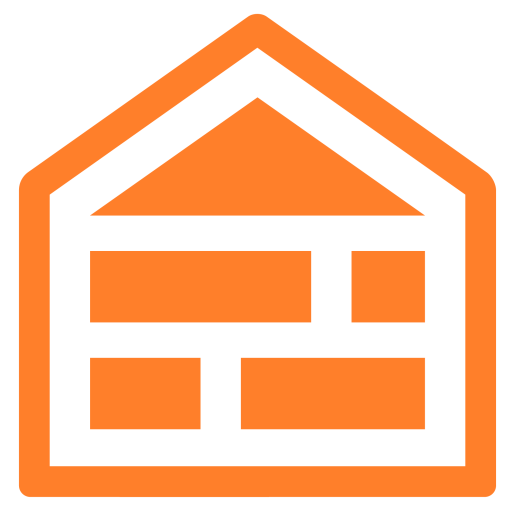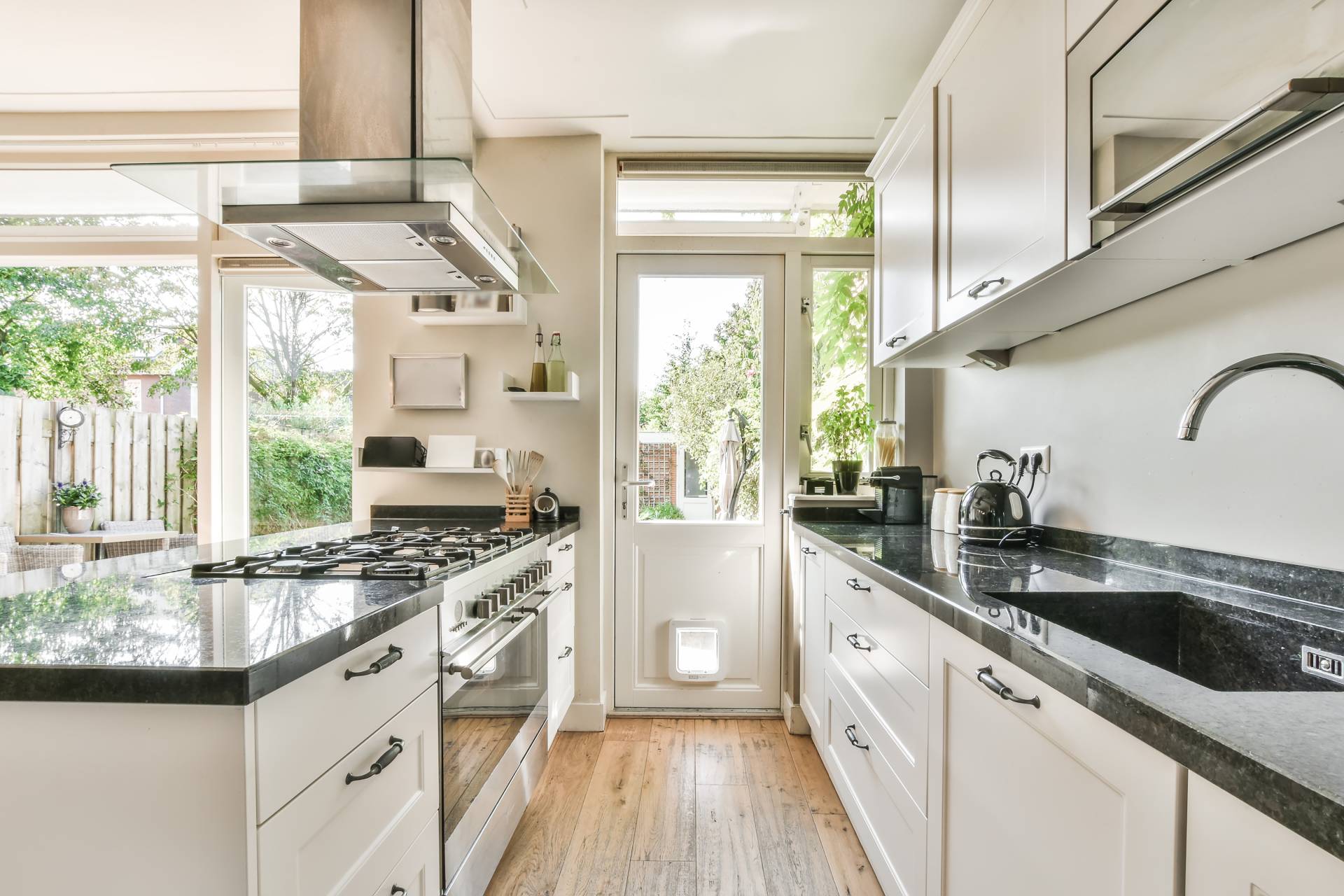Professional painters have some of the best-kept secrets on how to paint walls faster and more efficiently. They spend a lot of time prepping, priming, and painting the interior and exterior walls and as such they have developed some very effective painting techniques to enhance the finish and minimize their time. So, if you want to know all about how to paint walls or even rooms the professional way, you’ve come to the right place.
Indeed, professional painters can teach us a lot about the proper painting techniques, which ultimately allows them to paint with precision and speed. Let’s look at some expert methods for how to paint walls during a home renovation.
1. Remove and Prepare Outlet Covers and Switch Plates
It is recommended before painting the walls of any room that all the electrical circuits that control the switches and outlets in the room are switched off to prevent getting electrically shocked when removing the screws and plates. There is a small chance for this to happen, but it is always better to minimize risks.
Using a tiny screwdriver, take out all the outlet covers and switch plates. Place the cover and plates in a separate plastic bag, along with their screws, and store them somewhere safe, away from the painting area. One of the most frustrating things that can happen is being unable to find the switchplates once the job is done!
2. Cover Unmovable Items and the Floor
It is always best to cover your floor while painting the walls of a room to prevent them from getting ruined. Place drop cloths like rosin paper or plastic tarps on the floor or on unmovable items to protect them from the paint.
3. Remove or Mask the Trim
Next, its time to run painter’s tape along the window trims and door edges to protect them from patching materials and paint. If it is possible, also remove the baseboards. If it isn’t possible, simply run the painter’s tape along the baseboards’ upper edge to protect them.
It is best to clean the surface and edges of the baseboards beforehand to allow the masking tape to stick properly.
4. Patch the Wall
Before you clean the wall, look for any signs of scratches, gouges, cracks, large holes, or peeling on the wall. It is essential to patch a wall properly before you start painting on it. Use fine-grit sandpaper to smooth over the imperfections and minor scratches or cracks.
Also, it’s best to scrape off the old, peeling paint on the walls with the help of a paint scraper. Feather and smoothen the edges of scraped paint with a fine-grit sandpaper. This will give you a professional and smooth-looking paint finish, and is critical to understand how to paint walls.
5. Clean/Wash the Wall
If you observe any visible markings on the wall before painting, you will definitely observe them even more after painting. Hence, it is crucial to clean the walls to ensure the stains disappear.
6. Prime the Wall
Priming the wall is crucial for covering tough and hard-to-remove stains. It also adds teeth and a subtle texture so that the paint adheres to the wall more effectively. The primer material will make painting easier due to its characteristics and will greatly increase your knowledge of how to paint walls.
However, if the wall is stain-free and flawless, you can opt for self-priming paint. This will prevent the need for a priming wall. There are multiple uses of primers. For instance, if the TSP failed to get rid of the tough wall stains, then you can use an oil-based masking primer. Keep priming the stained areas until the marks disappear entirely.
Most professional painters might also use a tinted primer while painting a lighter shade on a darker wall. A tinted primer is ideal if you wish to paint a similar color over the wall. This allows you to see the missed spots before you apply your final coat of paint.
7. Use The Cut-In Technique.
An indispensable technique on how to paint walls is the cut in technique. Cutting-in refers to applying the paint right up to the borders of the surface of the wall that won’t be painted and filling in spots where the paint rollers cannot reach. Professional painters always prefer to cut in the edges instead of masking tape.
This is because this technique is more affordable, convenient, cleaner, and less wasteful than using tape. For this, you will need to dip a paint edger tool or an angled brush into the top of the paint.
Lightly draw the paintbrush along the wall and up to the surface that won’t be painted. Use caution while doing this step, and don’t rush. Also, always keep a cloth rag handy to instantly clean up in case of a mistake.
8. Prep the Roller with Paint
Dip the paint roller into the can of paint, but don’t dip it for too long. Sometimes, this can cause significant drips that may be challenging to roll out. Put the paint roller back multiple times till it is fully coated with paint from all sides.
Keep rolling the roller up and down till you finally hear a sticky sound, and you’re confident there is paint on the roller cover all around.
9. Roll in a W Shape
Start from any one wall corner and make a 3ft downward pass, up again, down, and again up, such that it creates a “W” shape.
Fill the entire wall and overlap all the other W’s across the wall. You must quickly work your way up so that the paint edges you’re rolling over are still fresh with wet paint. Matte and flat paints are relatively easier to use when it comes to painting over dried borders.
But, while using glossy paint, you must always brush or roll out from the wet painted edges to create a smooth, seamless finish.
10. Fill in the Spaces and Complete the Wall
Keep rolling out the blocks of paint using this technique mentioned above, and only step back once in a while to see how the wall looks. It is best to work in a strong light to avoid any missed spots.
If you have used the cutting-edge technique, finish off the look by turning the paint roller horizontally or vertically to fill in the missed spots and level it out.
Now that you have the basics on how to paint walls, try it for yourself or give us a call!




